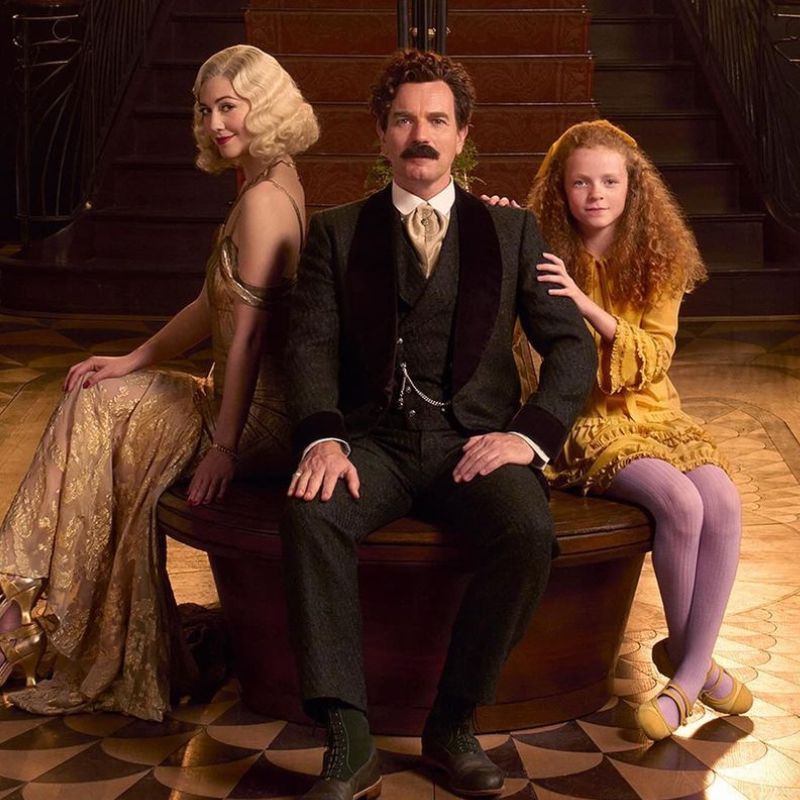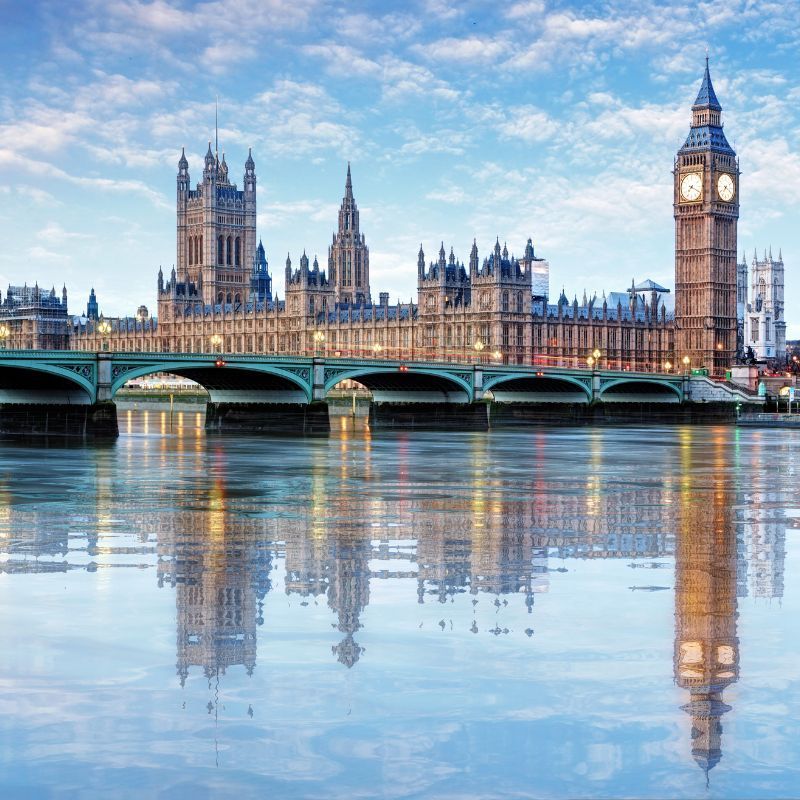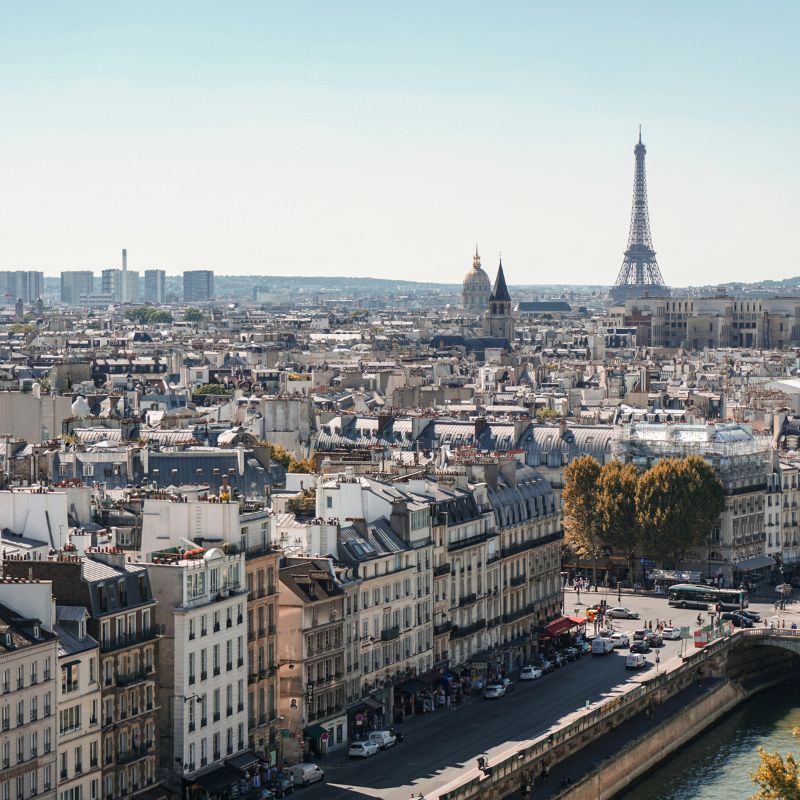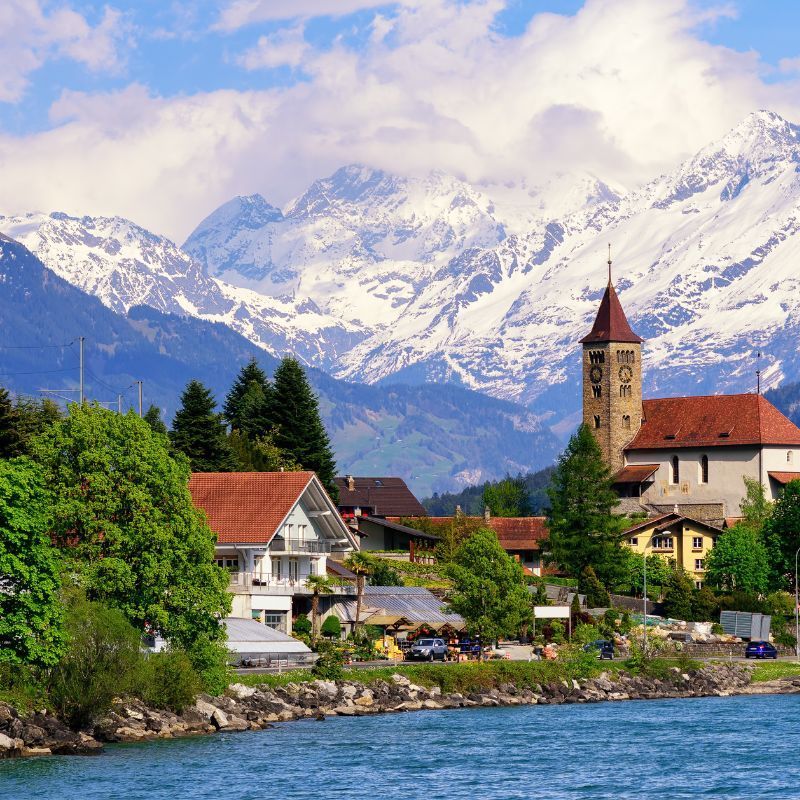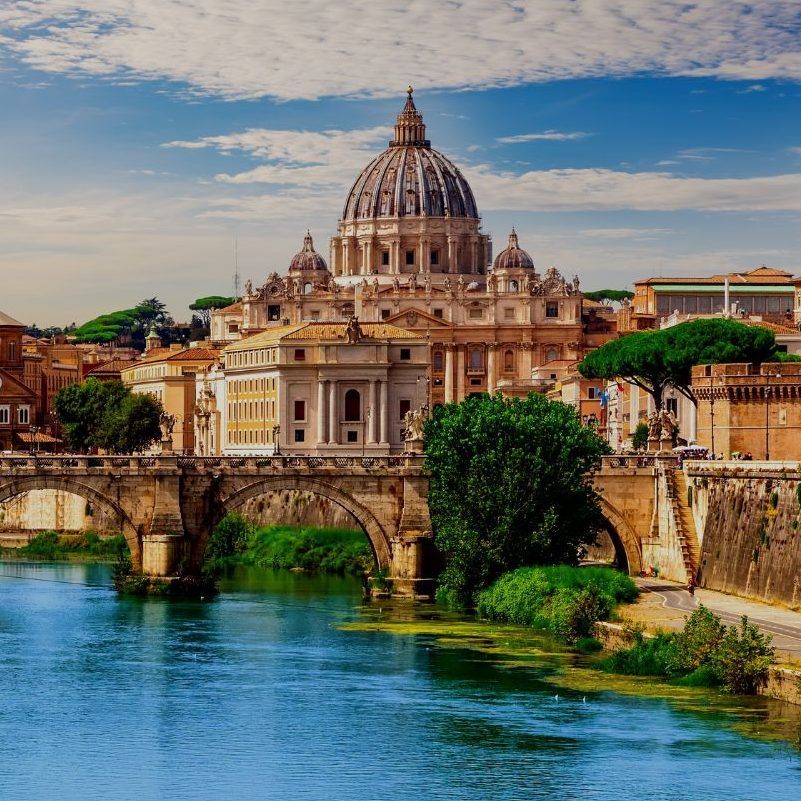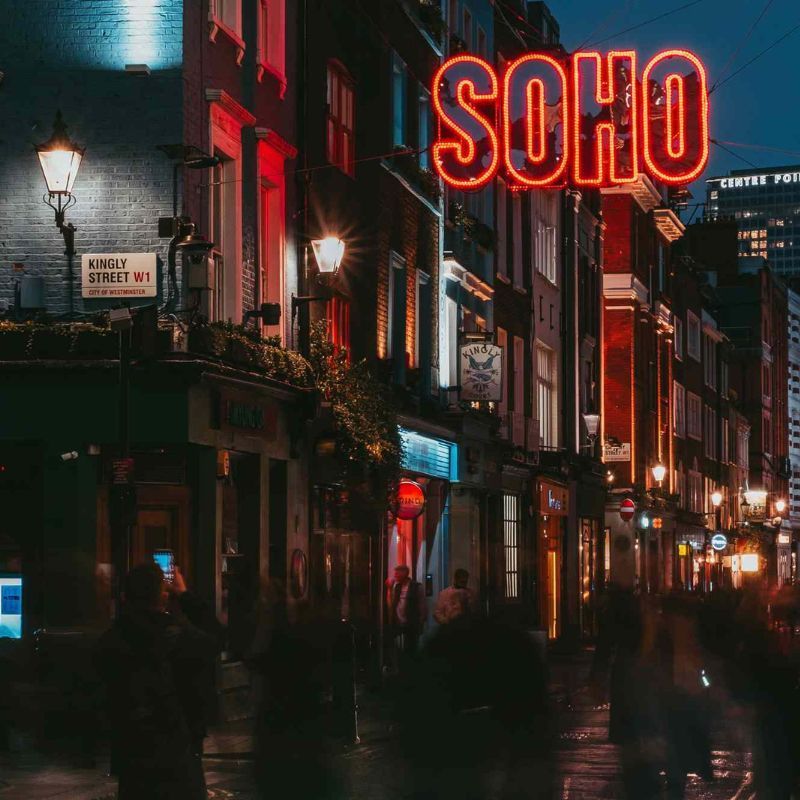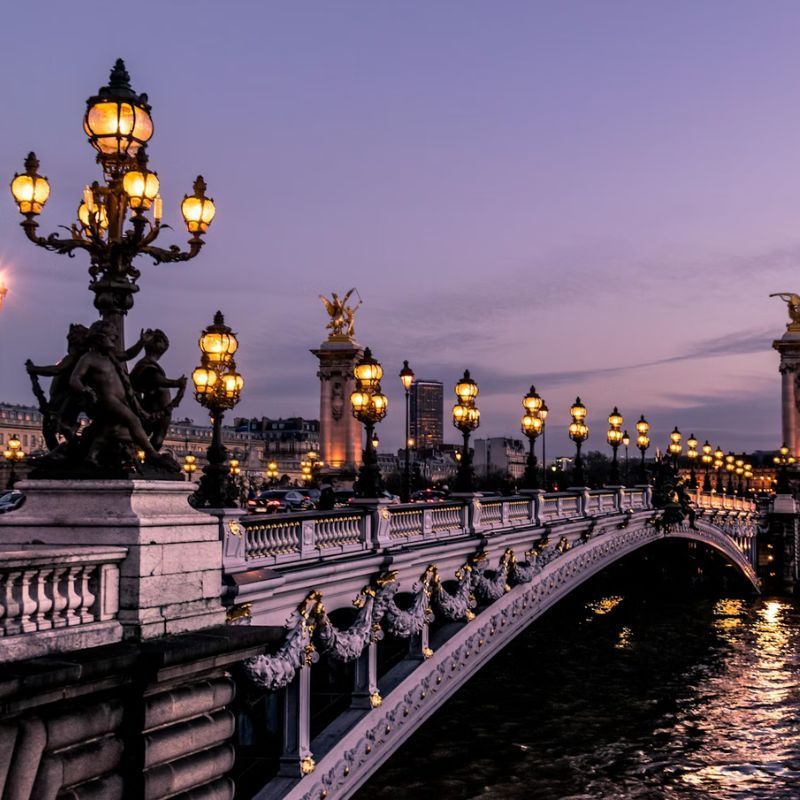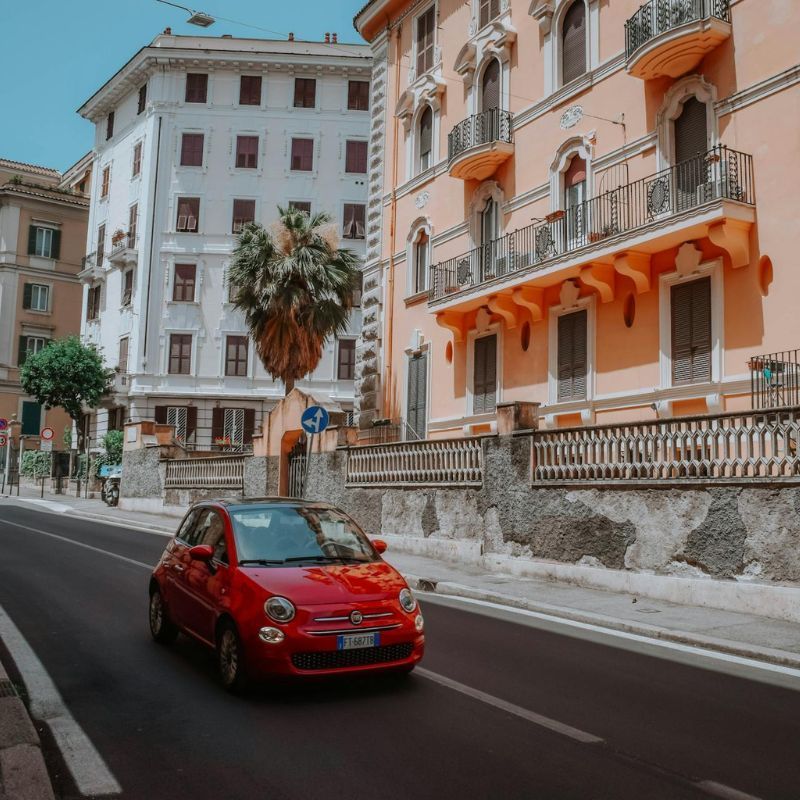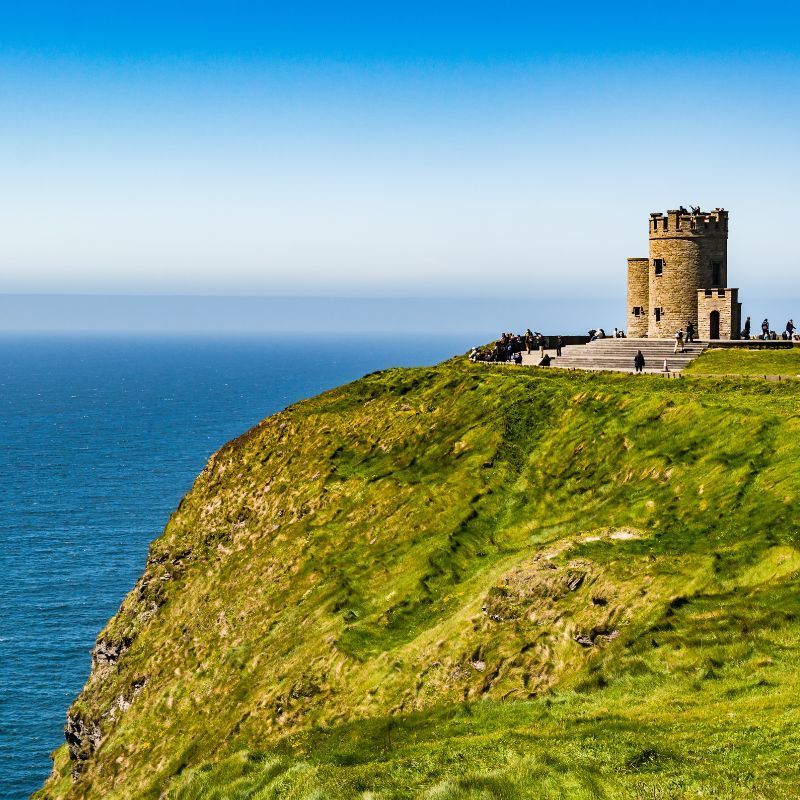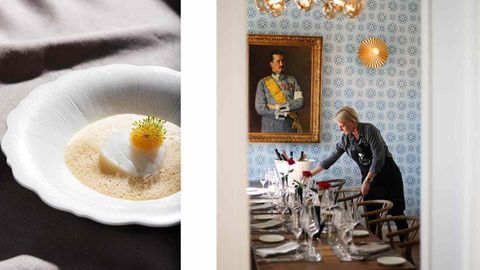
Turku, by my informal polling, isn’t a place many people know much about or have even heard of. Crossword puzzlers may have come across a five-letter blank with the clue “residents of Turku” (answer: Finns). Even many Finns only vaguely know the city of some 1,95,000 souls on the country’s southwestern coast. Due to its location, they sometimes call it — and I’ll put this as politely as possible — the backside of Finland.
There’s more to the joke than geography. Turku is Finland’s oldest city and one-time capital, but it lost that latter designation — and the prestige that came with it — in 1812, shortly after Russia wrested control of the country from Sweden in the Finnish War. As Jonathan Clements asserts in “An Armchair Traveller’s History of Finland,” Turku has “seethed in snooty resentment ever since the Russians relocated all the action to that glorified army camp, Helsinki.” More salt in the wound came in 1827, when most of the city — at that time Finland’s largest — burned to the ground, the result of an out-of-control house fire.
These days, however, the people of Turku are proudly tooting their own horn — at least as much as the naturally self-effacing Finns are able to. The local tourism bureau flaunts a “Kiss My Turku” campaign, a cheeky rejoinder to the city’s anatomical moniker. A decade ago, it was named the European Capital of Culture, which kicked off a wave of civic enthusiasm and development, particularly along the once-sleepy Aura River, which bisects the town and is now lined with thrumming walkways and excellent restaurants. The Seine-like vibe is one reason Turku has been called “the Paris of Finland”; when the producers of a recent film about Tove Jansson — author of the beloved Moomin books — couldn’t shoot scenes in the French capital because of the pandemic, they turned to Turku as a stand-in.
I arrived in the city with my wife and daughter in late June, close to midsummer, or what the Finns call Juhannuspäivä. The idea was to explore Turku for a few days, then take a short drive southwest to the archipelago of the same name — a huge chain of some 20,000 islands stretching nearly all the way to Sweden.
Here’s a look at this unexplored city in Scandinavia
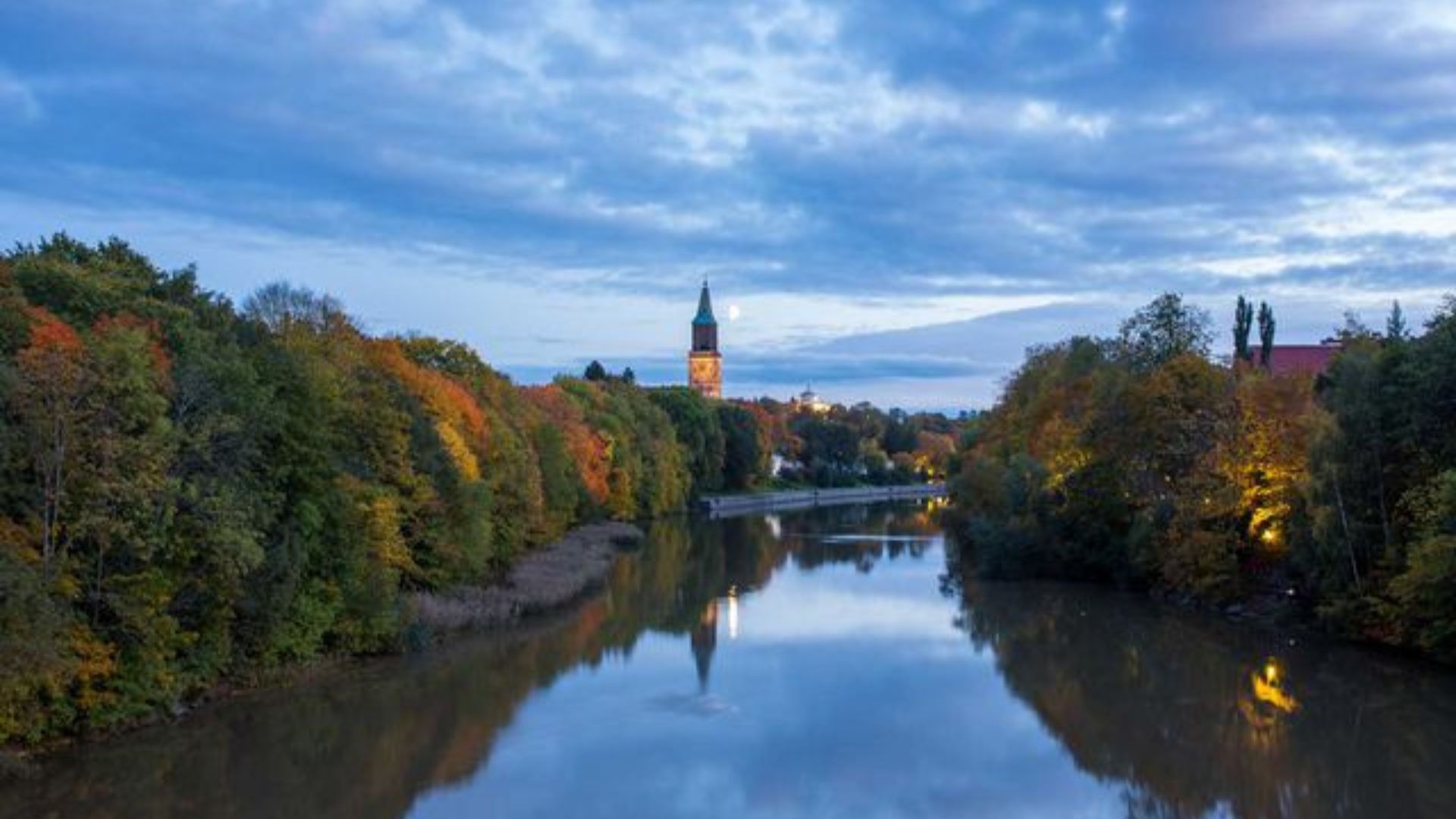
In Finland, summer comes as a delirious provocation. After many long months of winter darkness, Finns are suddenly assailed with bright, comparatively balmy days and “nightless nights.” There is an air of fevered intensity, as people try to soak up the entirety of this solstitial bounty. (The Finns, with their characteristically mordant humour, joke that summer in Finland is lovely — it “hardly snows.”) In Turku, this summer binge was in full effect as we strolled along the Aura River. It was approaching 10 o’clock on a weekday, but on the far bank, arrayed on grassy slopes, were hundreds of people — eating, drinking, chatting, and otherwise bathing in the late evening light, like pellucid cave lizards emerging for a welcome bask.
After a few days, Turku began to seem like my Platonic ideal of a small, underappreciated European city, sans hordes of tourists. It has plenty of superb food options, like the New Nordic standout Smör and the Michelin-starred Kaskis. It has quirky accommodations — we stayed at the Hotel Kakola, which occupies the former grounds of a 19th-century prison. And it has fascinating museums, like the Aboa Vetus Ars Nova, which is located on the site of an archaeological dig and presents a subterranean history of the city, once a prosperous trading hub of the Swedish empire. At the Turku Art Museum, a handsome granite mansion at the top of Puolalanmäki hill, we viewed an exhibition of work by such underappreciated Finnish women artists as Helene Schjerfbeck, who’s been called “Finland’s Munch.”
Turku has a quintessentially European historic skyline. Turku Cathedral, built in the 13th century, was largely destroyed 500 years later in the fire, but has since been sensitively rebuilt. Turku Castle, the largest extant medieval building in Finland, has exhibits that chronicle the country’s complex history. The city is also highly walkable, and when I took my daughter to a tree-canopy ropes course called Flowpark in the far reaches of town, we piloted there safely on e-scooters, thanks to the region’s excellent network of bike paths.
Turku is often dubbed “the food capital of Finland,” implying a natural rivalry with Helsinki. “It is not the food capital,” Turo Jokinen told me one afternoon as I sipped smoked-salmon soup in an elegant riverfront dining room. Jokinen, a Turku native who recently left behind a finance career in Helsinki, owns the restaurant Oobu. I pressed him: “Maybe on a per capita basis?” “Yes!” he boomed. “Per capita, yes!”
Our introduction to Finnish cuisine had begun that morning, in the Turku Market Hall, a 19th-century vaulted brick building in the city centre. At Herkkunuotta, a fish shop inside the hall with a small lunch counter, chef-owner Johan Hellsten plied us with the usual Finnish delicacies, like pickled Baltic herring, as well as cold-smoked pike roe, a Hellsten speciality, and dense, malty “archipelago bread.” Like many Finnish foods, it’s designed to provide succour through the long winters.

Finland is said to be 90 percent forest and sea, and the food reflects that — zesty spruce shoots, heaps of dill and liquorice, hardy rhubarb and parsnips, and fish like perch and pike, all salty and smoky (Finns have been known to cook in the sauna). And let us not forget the humble new potato, or, as it’s called in Finland, “virgin potato.” A true harbinger of summer, it was enjoying its fleeting seasonality during our visit, as we learned one afternoon when we attended the 10th edition of Turku’s Virgin Potato Festival, held at a local brewery. “Have you heard that we are eating potatoes a lot in Finland?” joked Mari Sandell, an organiser. Led by Sandell, a sensory scientist at the University of Turku, we sampled a number of startlingly delicious new potatoes, including some from a barbecue joint that served them with beef brisket. The chef described it as “a sort of journey from Texas to Turku.”
Another Turku virtue is that it’s the gateway to the Turku Archipelago, an array of islands with rugged rock outcrops, thickly covered in pine and spruce and dotted with small rustic cottages. After a short drive and two ferry crossings — many of Finland’s ferries are equipped for icebreaking and run year-round — we arrived at our destination, the Hotel Nestor, on the island of Korpo. Run by chef and owner William Helmgren, who previously cooked at the Michelin-starred Frantzén in Stockholm, Nestor is the perfect little country inn, with a delightful New Nordic–ish tasting menu replete not only with sugar-salted salmon and new potatoes but sea buckthorn and broth made with locally foraged mushrooms.
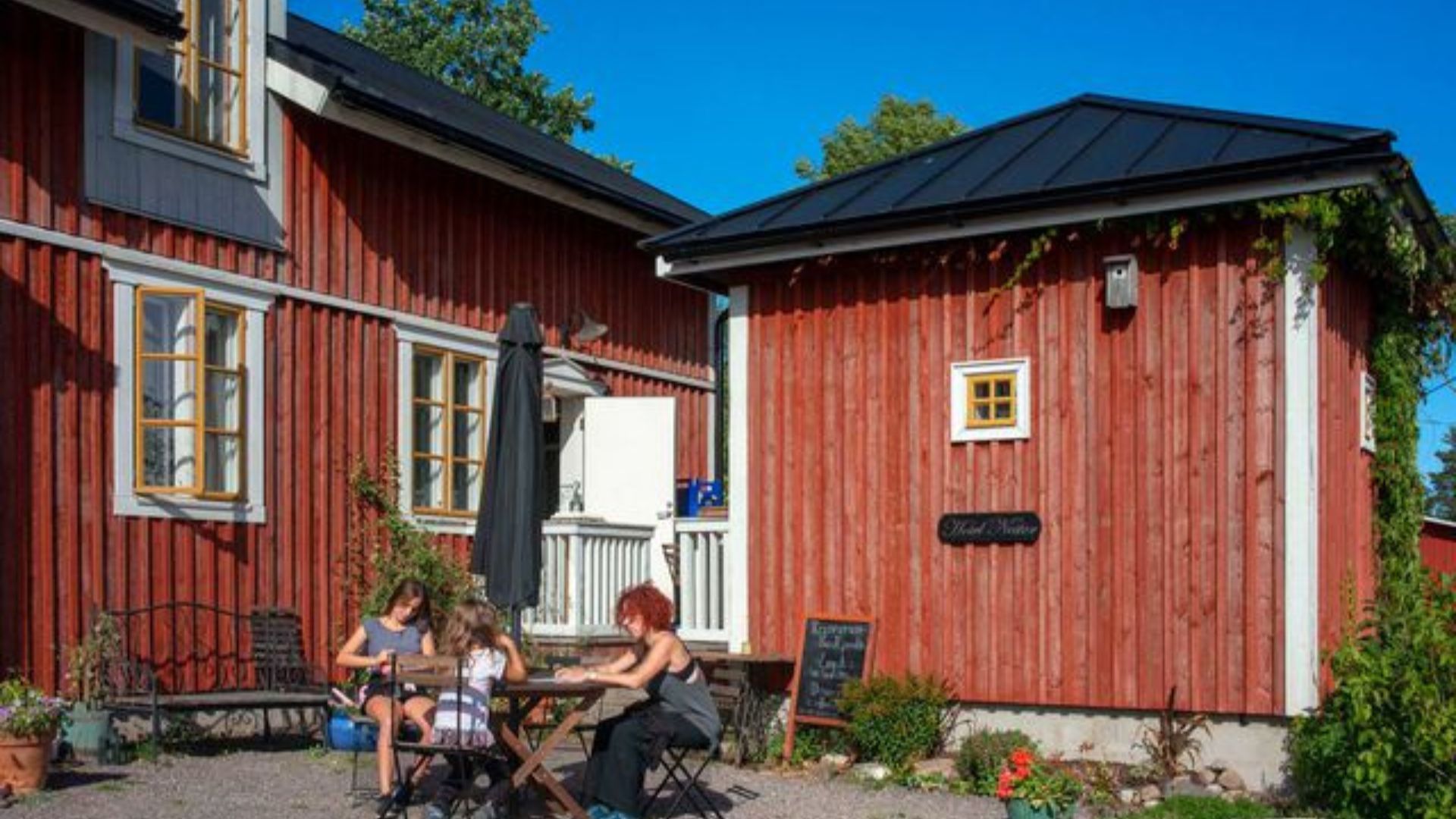
We spent our days roaming from island to island, cycling and hiking, dipping in the bracing Baltic post-sauna, and looking at enormous sea eagles from our ocean kayaks. One afternoon, on Nagu, we went for a sail on the Tacksamheten, a restored workboat, with its owner Sami Uotinen. We drifted around numberless islands, looking at rustic red cottages. (Finns are famously obsessed with their cottages — there are nearly half a million of them across the country.) We passed Själö, an island that once housed a leper colony — a place so dismal, inmates were forced to bring the materials required to build their own coffins.
A lot of the time, however, we just enjoyed the sense of Nordic stillness and solitude. In Turku, Jokinen had told me about the time he entertained some American friends on the archipelago. “It was kind of hard for them — they said, ‘We should do something,’” he recalled, laughing. “I don’t think we should do anything. It’s a Finnish way of living at summer houses — you can just look at the sea. The ‘thing’ is the nothingness.”
This story first appeared on www.travelandleisure.com
Main and Feature Image Credit: From left: Arto Arvilahti/Courtesy of Smör; Abo Creative/Courtesy of Oobu
Related: How To Plan The Perfect Trip To Finnish Lapland — Northern Lights And Midnight Sun Included




